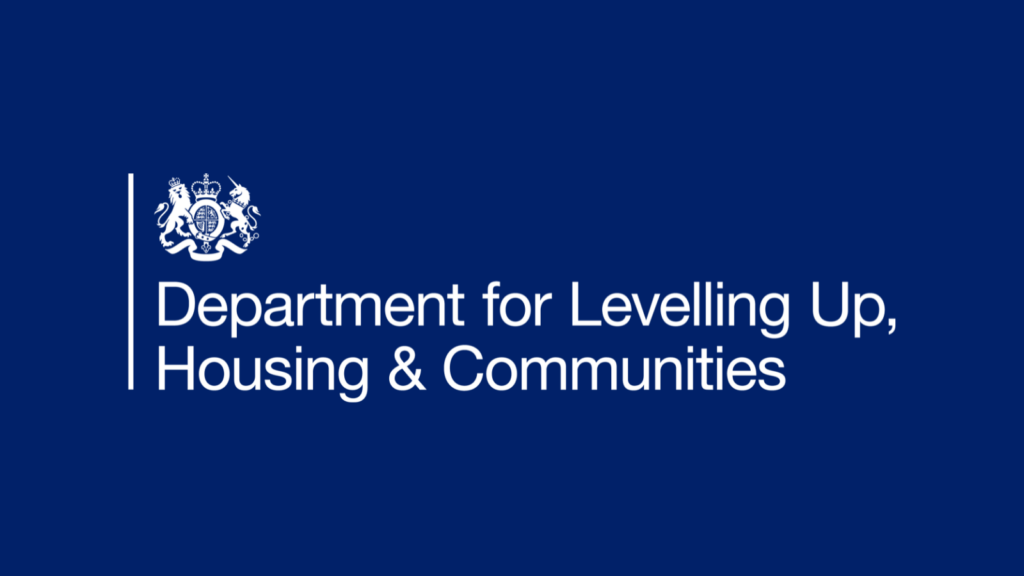Impact of Viability for HAs: Harnessing Technology to Improve Value for Money & Customer Satisfaction
The cost of living crisis has cast a shadow over the social housing sector, placing housing associations in a precarious tightrope walk between financial viability and the maintaining the welfare of their tenants. With soaring inflation, the government implemented a new social housing rent increase cap that will see rent increases for social housing tenants across the country pinned at a designate level (meaning that rents will increase by up to 7% from 3 April 2023). Having gauged the option of several Mobysoft customers, it is apparent that this leaves associations facing difficult decisions on budget allocation, staff costs, investment in the maintenance of existing housing stock, and funding for new homes.
In this blog post, we will delve into the implications of the rent cap coupled with the effects of the ongoing cost of living crisis and explore their possible effects of both on financial viability of housing associations.

The Rent Increase Cap and Its Implications
In 2022, the Department for Levelling Up, Housing and Communities (DLUHC) proposed a new rent increase cap, with 5% as its preferred option. The aim was to strike a balance between protecting tenants from excessive rent hikes and preserving social landlords’ budgets. However, this move has created a pressing need for housing associations to identify their contingencies and understand the timeline required to implement changes to their budgets and services.
Unfortunately, the rent ceiling - coming into effect from 1 April 2023 and remaining in place up until 31 March – has left some housing associations vulnerable, particularly those with lower-margin activities. Our research indicates that some associations have limited scope to reduce costs, leading to weakened margins and reduced interest coverage. Consequently, it is very possible that credit negative ratings may become a reality for some housing associations, as lower revenues and rising costs impair their ability to maintain interest coverage and attract lenders.
Impact on Revenue and Investment
In the case of many housing associations, financial viability hinges on having robust asset base and strong revenue stream primarily made up of rental income, something that is often bolstered by government benefit payments. However, salaries have not risen in line with inflation, resulting in lower rental incomes due to the rent cap. It is estimated that a 7% cap would strip in excess of £1.3 billion from social landlords’ budgets. Moreover, the timing of the cap coincides with rising interest rates, adding further strain to housing associations’ financial stability.

The Art of The Covenant
In the past, the social housing sector has been relied upon in the past to be counter cyclical; maintaining the ability to grow and build through a recession. Due to the current economic climate and external pressured however, this is now no longer the case.
Social housing, in the main, runs on a debt funded financial model, meaning that higher inflation delays loan re-structuring and increases the cost of capital for many landlords. Complying with covenants becomes more difficult when the combination of higher overhead costs (due to inflation, higher rent arrears, and greater demands on investment in existing stock) exceed the assumptions made in the business plan at the point of borrowing.
The increased costs the sector is facing are not under the control of social landlords themselves, and almost none are avoidable. These spiralling costs all worsen key financial metrics, with operating margins and levels of interest cover seeing significant decreases fallen over recent years (as evidenced by RSH Global Accounts). These monetary challenges are further compounded by restrictions to supply chains, price increases, and an ongoing recruitment and retention crisis – something that is having an impact on repairs and maintenance services in particular.
Navigating Challenges and Building Resilience
To overcome the challenges explored here, housing associations must adopt prudent financial strategies. The first step is to evaluate their financial positions and identify areas where costs can be optimised without compromising tenant welfare. Many housing associations will employ what’s known as ‘stress testing’ or ‘scenario testing’, which is a process of evaluating the robustness of their business plan should the organisation be subject to the extreme limit of its financial viability. Doing this allows a recovery plan to be formulated that can be put into action in the event they ‘sail close to the wind’ in covenant compliance. These recovery plans often include delaying or stopping planned projects such as housing development, something which in turn worsens the housing crises as well as negatively impacting the additional rental income streams the business plan would have initially assumed.
Engaging in initiatives to improve tenant affordability and financial literacy can also reduce rent arrears and ensure a steady stream of revenue for housing associations. Additionally, implementing energy-efficient measures in existing housing stock can reduce utility costs for tenants, improving their financial situation and rental payment capabilities. However, the latter solution represents further investment by social landlords, something that may prove prohibitively expensive in these testing financial times and further highlighting the monetary Catch-22 situation in which many providers find themselves.

Harnessing Technology to Improve Value for Money & Customer Satisfaction
An overarching theme within the sector for the past couple of years has undoubtedly been ‘doing more with less’. As such, we’ve seen many housing providers turn to technological solutions to better target stretched resources and drive efficiencies, with repairs functions serving as a prime example. Indeed, many of Mobysoft’s own customers are increasingly adopting our RepairSense platform to minimise repeat repairs jobs, an approach that ultimately results in cost savings on both labour and tools/materials due to the reduction in issues requiring this type of resource to be apportioned to them.
Income teams are also reaping the benefits of more focused, data-driven approaches. Solutions such as Mobysoft’s RentSense are helping organisations reduce rent arrears by proactively identifying those tenants at risk of accruing debts and aiding early intervention to prevent escalation. Similarly, our Intelligent Automation offering is reducing the amount of work income officer are required to undertake by making repetitive tasks easier to perform, as well as using machine learning to find patterns which a human never could then using these insights to drive automated actions. Customer sentiment points towards increased efficiencies amongst housing associations using this suite of products and in turn, increased ROI in s short period of time – all of which is helping to circumnavigate viability obstacles needed to be overcome.
If you’d like to discover how your organisation can harness the power of data to best assign valuable resources, take a closer look at our RepairSense, Intelligent Automation, and RentSense platform.
- Social Housing 2025: The Experts Predict What’s Next - January 2, 2025
- This Month In Social Housing: November 2024 - December 3, 2024
- Leveraging AI in Social Housing: Building a Data Strategy for Enhanced Compliance and Efficiency - November 26, 2024